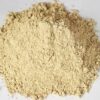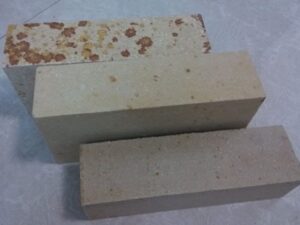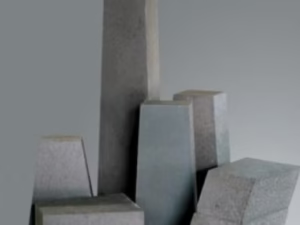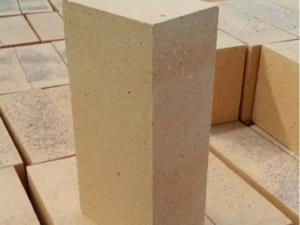Description
Calcium Aluminate Cement: A Specialized Binder with High Performance
Calcium aluminate cement (CAC), also known as high alumina cement (HAC), is a specialized hydraulic binder distinct from ordinary Portland cement (OPC). While OPC is the workhorse of the construction industry, CAC boasts unique properties that make it invaluable in specific applications demanding rapid hardening, resistance to chemical attack, and high-temperature performance.
What is Calcium Aluminate Cement?
CAC is manufactured by fusing or sintering a mixture of calcareous (limestone, chalk) and aluminous (bauxite, alumina) materials. The high-temperature process results in a clinker rich in calcium aluminates, primarily calcium monoaluminate (CA). Grinding this clinker finely produces the finished cement. The precise composition and manufacturing process determine the specific properties and performance characteristics of the final product.
Key Properties and Advantages of CAC:
- Rapid Hardening: CAC exhibits remarkably fast setting and hardening compared to OPC. This rapid strength development allows for quick repairs, early formwork removal, and faster project completion times. In some formulations, concrete can achieve structural strength in just a few hours.
- Chemical Resistance: CAC excels in resisting attack from various chemicals, including sulfates, acids, and organic compounds. This makes it a suitable choice for applications in aggressive environments, such as wastewater treatment plants, industrial facilities, and marine structures.
- High-Temperature Resistance: CAC retains strength and stability at elevated temperatures, making it ideal for refractory applications like furnace linings, chimneys, and other structures exposed to high heat.
- Resistance to Corrosion: CAC concrete exhibits good resistance to corrosion of embedded steel reinforcement, particularly in chloride-rich environments. This is crucial for structures located near the sea or exposed to de-icing salts.
- Low Permeability: CAC concrete typically has lower permeability than OPC concrete, reducing the ingress of water and other harmful substances, which further enhances its durability.
- Freeze-Thaw Resistance: Some CAC formulations exhibit excellent freeze-thaw resistance, making them suitable for use in cold climates.
Applications of Calcium Aluminate Cement:
The unique properties of CAC make it suitable for a wide range of specialized applications, including:
- Refractory Concrete: A primary application due to its high-temperature resistance, used in furnace linings, kiln construction, and other high-heat environments.
- Fast-Setting Repairs: Ideal for rapid repairs to roads, bridges, and other infrastructure, minimizing downtime and disruption.
- Sewer Lines and Wastewater Treatment Plants: The chemical resistance of CAC protects concrete from the corrosive effects of sewage and industrial effluents.
- Marine Structures: Resisting the corrosive effects of seawater, CAC is used in docks, piers, and other coastal construction.
- Mining and Tunnelling: The rapid hardening and chemical resistance of CAC are beneficial in stabilizing ground and lining tunnels.
- Specialty Grouts and Mortars: Used in formulations requiring rapid setting, high strength, and chemical resistance.
- Self-Levelling Underlayments: CAC mortars and concretes find application as self-levelling or self-smoothing underlayments for flooring.
Considerations and Limitations:
While CAC offers significant advantages, it’s important to be aware of certain considerations:
- Aluminate Conversion: Under certain conditions (high humidity and warm temperatures), CAC hydrates can undergo a conversion process that can lead to a reduction in strength and increased porosity. This process is not always detrimental and can be mitigated through proper mix design, curing, and use of appropriate admixtures.
- Cost: CAC is generally more expensive than OPC due to the specialized manufacturing process and raw materials.
- Compatibility: CAC should not be mixed with OPC without careful consideration, as incompatible reactions can occur.
- Specialized Knowledge: Working with CAC requires specialized knowledge of its properties and behavior. Proper mix design, placement, and curing are essential for optimal performance.
Conclusion:
Calcium aluminate cement is a specialized binder offering unique advantages in applications demanding rapid hardening, chemical resistance, and high-temperature performance. While more expensive than OPC, its performance characteristics make it a valuable material for a wide range of critical applications. Understanding its properties and limitations is crucial for successful implementation and long-term durability. As technology advances, further research and development are likely to expand the applications and improve the performance of this versatile cement.















Reviews
There are no reviews yet.